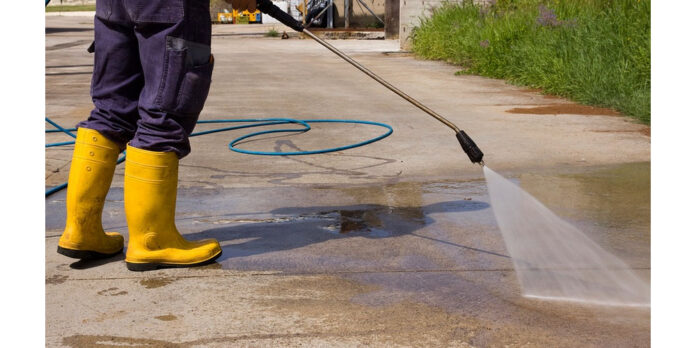You may be wondering what the different applications of gas pressure washers are. There are many ways to use these power tools, including cleaning brick and siding, playgrounds, and schools. They’re also great for graffiti clean up, gas station maintenance, and new construction. But what if you want to go beyond the basics? Here are the most common uses of high-pressure cleaners. Then, decide what kind of cleaning job you’d like to do with one.
Electric pressure washers vs. gas pressure washers
A gas pressure washer can deliver higher pressure than an electric one – up to 3,000 PSI. These powerful machines are used for deep cleaning concrete and preparing siding for painting. While they do produce more pressure than an electric model, gas pressure washers are more expensive and require more maintenance. They also need to be used in a well-ventilated area. So, it’s important to know what kind of application you’ll be using your gas pressure washing tool for.
Electric and gas pressure washers are similar in some ways. The major difference is that gas pressure washers are more portable. They’re larger and are mounted on a cart. They are more powerful and can generate more GPM and PSI. However, the disadvantages of gas-powered pressure washers are their higher operating costs, increased maintenance, and the need for a well-ventilated area.
The benefits of gas pressure washers
The benefits of gas pressure washers are that they are more powerful and mobile. They can reach more than 3,000 PSI and can also be used to prepare siding for painting. But gas pressure washers can cause exhaust fumes. And it’s important to use a gas pressure washer in an area with good ventilation. Otherwise, the high-pressure water can damage concrete and puncture window seals.
Gas pressure washers are more powerful than their electric counterparts. They can produce up to 3,000 PSI, making them ideal for deep cleaning concrete. Unlike electric models, gas-powered pressure washers are more portable. Most gas-powered pressure washers come with a venturi tube to add detergent to the water stream. Apply detergent with a low-pressure spray, let it sit, and then rinse the surface with a normal high-pressure spray.
Other uses for a gas-powered pressure washer
These include cleaning cars and boats. If you need to clean mud, the different applications of gas pressure washers will vary. The gas-powered ones can clean cars and motorcycles, while electric units can remove dust. They’re also great for washing boats and other large-scale vessels. But they’re not just for cleaning cars.
Gas pressure washer is best suited for exterior cleaning
It’s useful for removing surface coatings and cutting concrete without any dust. The electric type has better mobility and less noise than a gas-powered one. Besides, gas-powered pressure washers are more powerful than their electric counterparts. They’re also more expensive than electric pressure-powered counterparts. So, you’ll need to consider the price before deciding on a particular gas-powered model.
Conclusion
Commercial-grade pressure washers have higher pressure levels. For example, gas-powered models can reach up to three thousand pounds. Then, the electric version has a maximum pressure of 2,000 psi. It also has a higher pressure than the gas-powered counterpart. Compared to electric-powered models, gas-powered models are more versatile and powerful. In addition, they don’t create harmful air pollution, so they’re better for the environment. Electric models can be used indoors or outdoors and usually require no electrical power source. But gas-powered models can be more mobile and offer greater power than their electric counterparts. Those with high-pressure gas models should choose gas pressure washers. The disadvantages of an electric machine are that it requires more maintenance and can’t be used in enclosed areas.







